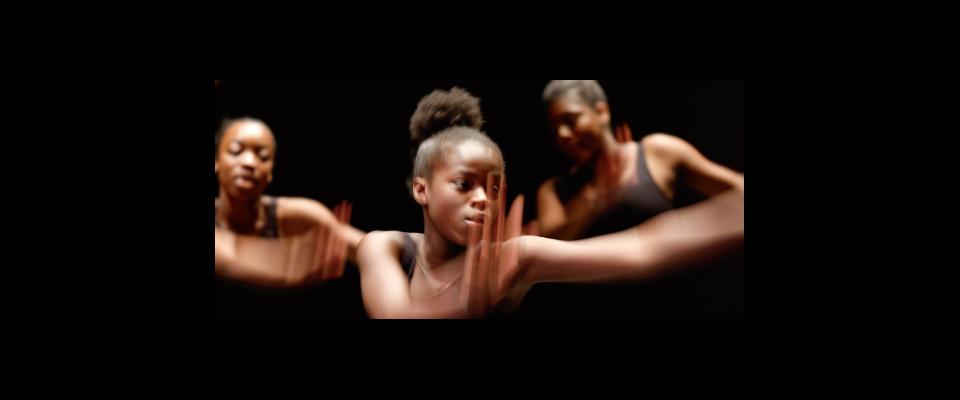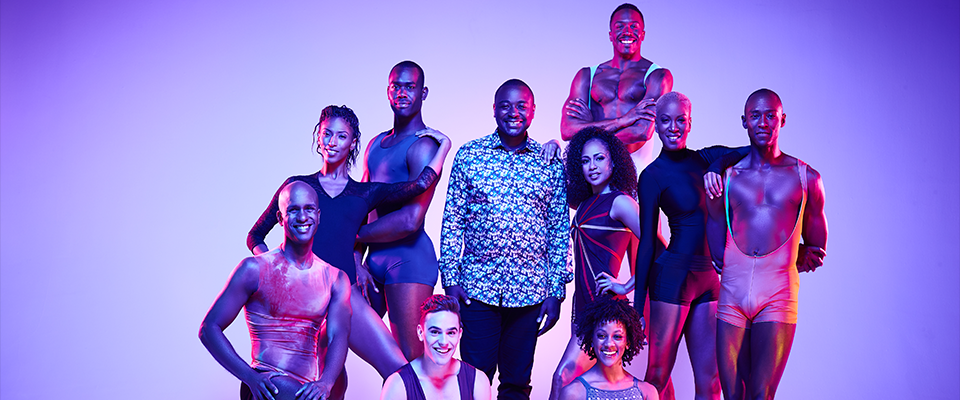In the weeks after the sudden death of legendary kathak dancer, choreographer and guru Pandit Chitresh Das last January, the Bay Area company that bears his name seemed determined to forge ahead. Das was in the midst of completing a major new work, “Shiva,” which was scheduled to premiere for Cal Performances at Zellerbach Hall last March. But as his disciples started to come to terms with his loss, moving forward so soon after his passing at 70 seemed unthinkable.
Almost a year later, the Chitresh Das Dance Company arrives at Zellerbach to present Shiva on Feb. 27-28, and while the dancers are still in mourning, Das’s spirit and teachings are reverberating through the company.
“We’re doing well,” says principal dancer Rachna Nivas, one of the three women who now runs the company as co-artistic directors. “It’s been a transitional year, and what’s amazing is that although Guruji’s passing was very very sudden, he also instilled such a legacy. He felt the whole point of this is to create something larger than oneself. In some ways it’s a very interesting time, with people coming into their own, discovering their power in different ways, exploring and creating.”
A stripped down version of Shiva premiered at the tiny Z Space in San Francisco in the fall of 2013. Das continued to expand the work, which has turned into a fully staged production completed by longtime Das disciple and company co-artitic director Charlotte Moraga.
A classical Hindustani style, kathak is dance tradition that centers on a graceful vocabulary of sacred postures and gripping narratives. With Shiva, Das wanted to challenge simplistic Western notions of Hindu spirituality. In its embrace of gender fluidity, which flows directly from Hindu cosmology, the dance is both steeped in ancient tradition and utterly au currant. Exploring the cycle of life and death, Shiva delves into a forbidding tantric world that eschews titillation.

“This goes really deeply into questioning a lot of stereotypes around spirituality in India,” Nivas says. “In particular Shiva sheds light on tantric sadhus. You hear tantra, and you think sex, but it’s far more complex. Going into the Aghoris, they worship Shiva and draw from the power of Shiva by meditating in the cemetery and cremation grounds. They drink from the skulls. They take even more power from the ashes of bodies and represent that aspect of life we think is done. Shiva is a very complex deity, and this production uses kathak to elucidate this tradition, which is very dark, and breaks a lot of these stereotypes. The dancers are playing female dancers, are playing male sadhus with ashes all over them. Guruji was very proud of the empowerment of women, and his female dancers being as strong if not stronger than male dancers.”
It’s difficult to overstate Das’s role in propagating kathak in the United States. One of the Indian masters who arrived in the Bay Area in the 1970s to teach at the Ali Akbar Khan College of Music, he set out on his own in 1979 to found his own Chhandam School of Kathak, which has expanded steadily in the 21st century with about 500 students in the Bay Area, and many more in affiliated branches in Los Angeles, Boston, Toronto, Mumbai and Kolkata.
Nivas was a UC Berkeley undergrad in the mid-1990s when a friend invited her to a class he was teaching on campus. Active in Indian-American cultural groups, she was acquainted with kathak and took pride in her South Asian heritage, but she describes her first encounter with Das as a bracing epiphany.
“There was this man doing everything humanly possible,” she recalls. “He was playing, reciting, teaching, but not like ‘we’re going to do this!’ But yelling, do or die. Jumping up and going up to each person, calling them out on specific aspects of their stance, their life and personality. What the hell is this? It was not an India that I knew. I never knew that dance could be so spiritual, so everything, questioning your identity. I was sitting there shaking. At that point I just wanted more, and to do whatever I could to be near him.”
In death Das, seems to have fulfilled his mission, as his company is roaring ahead, led by a coterie of women who are training the next generation of kathak artists.





















